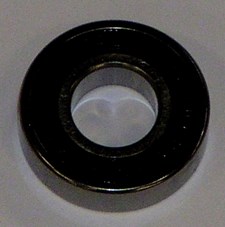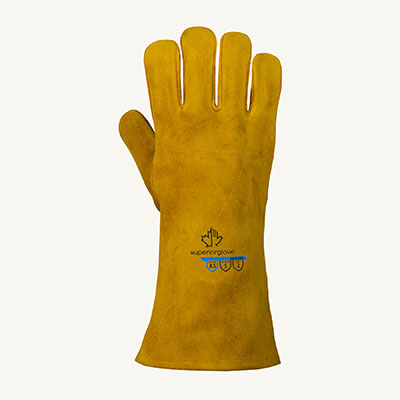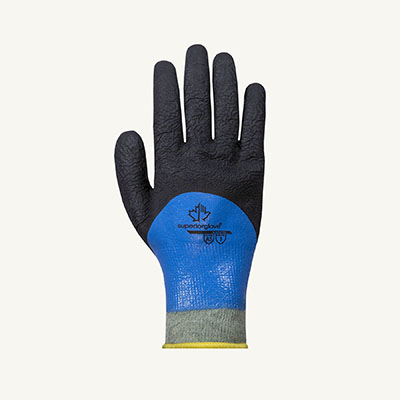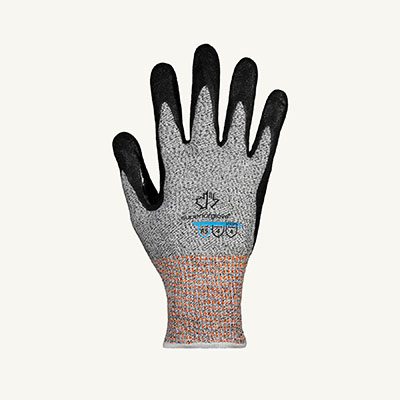3M™ Scotch-Weld™ Epoxy Adhesive 2216 Gray Part B/A, 1 Gallon Kit, 2 per case
-1
3M™ Scotch-Weld™ Epoxy Adhesive 2216 Gray Part B/A, 1 Gallon Kit, 2 per case

Technical Specifications
- Very flexible bond is resistant to extreme shock, vibration and flexing, making it ideal for potting and applications in the transportation industries
- Maintains a strong bond under expansion, contraction, and limited movement while retaining good strength after environmental aging
- Excellent for cryogenic bonding applications or adhering substrates that will be exposed to extreme cold
- Medium viscosity help minimize running, dripping, or migration while also self-leveling
- Versatile bonding agent will adhered a wide variety of similar and dissimilar substrates, including metals and masonry
- Can be heat cured to reduce curing times from 7 days to as a little as 30 minutes
- Cryogenic bonding applications where bonded agents might experience temperature extremes
- Potting where expansion and thermal changes may occur, such as solar panels and appliance or construction applications
- Military bonding applications, for example bonding parts on movable transports
- General aerospace and transportation bonding where vibrations and movement are common
- Bonding ceramic, most plastics and glass to metal
- Attaching various substrates to masonry and stone
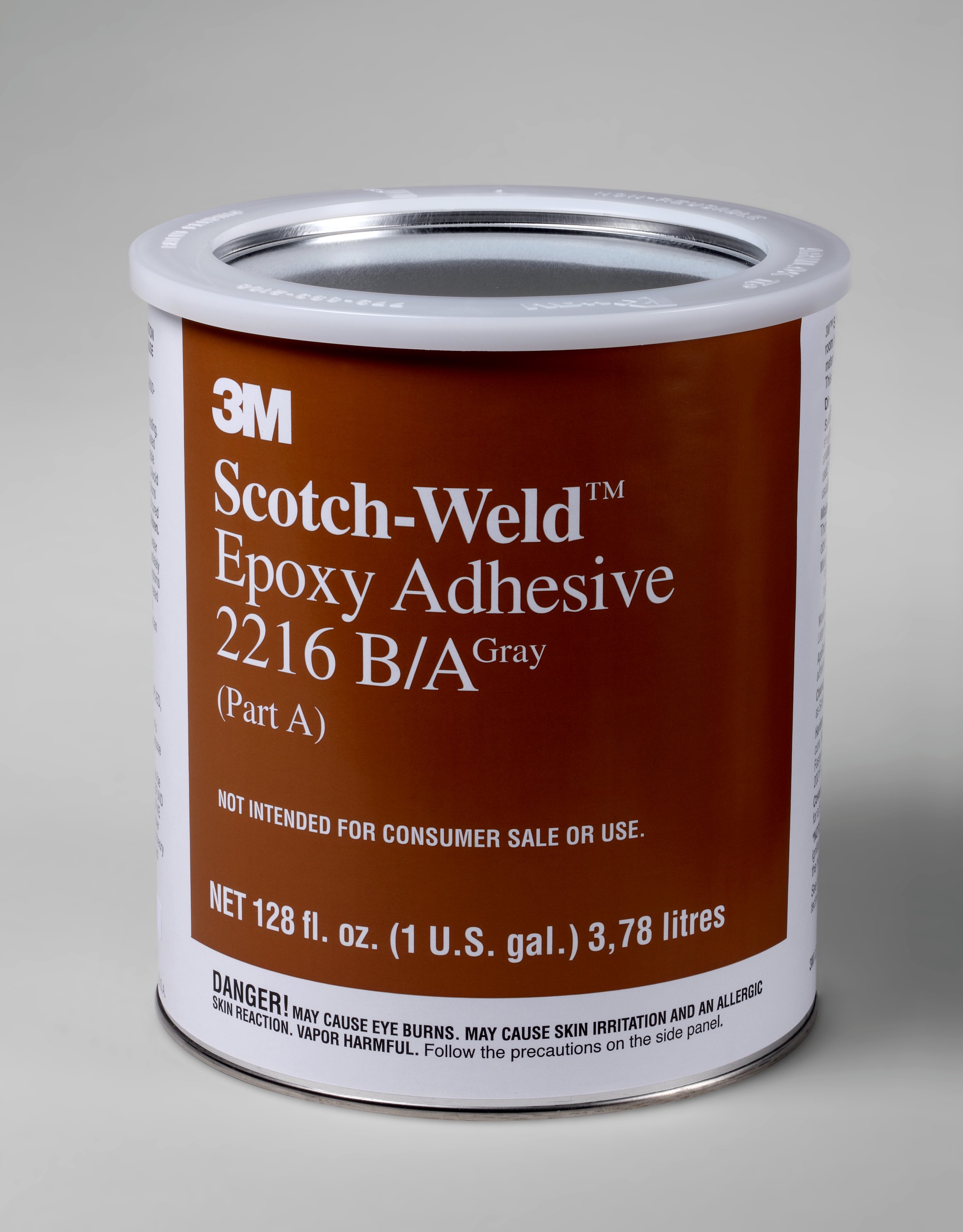
Available in a variety of sizes to meet your project needs
Excellent for Cryogenic Bonding Applications
3M™ Scotch-Weld™ Epoxy Adhesive 2216 is designed to perform under extremely frigid temperatures. Because it can withstand temperatures up to -423°F (-252°C), it is ideal for cryogenic bonding applications. At room temperature it offers a 90 minute work life to allow for repositioning and adjustments. It will slowly cure over 7 days, but can be heat cured to reduce this to as little as 30 minutes (at 200°F/93°C.) It has a bonded shear strength that can withstand up to 3,200 psi at 72°F (24°C).
Understanding Epoxy Adhesives
Epoxy adhesives, including 5 minute epoxy, are part of the class of adhesives called "structural adhesives," which include polyurethane, acrylic, cyanoacrylate and others. Epoxies are formulated as liquid reactive polymers that undergo a chemical reaction when mixed and then cure to form a solid plastic material. Once the two parts are mixed in their specified ratio, they begin the curing process and offer a limited working time where the adhesive can be applied and the two surfaces positioned as needed. This work life lasts anywhere from a few minutes to several hours. These structural adhesives provide high shear and peel strengths, depending on the formula, and better heat and chemical resistance than other common adhesives. In general, epoxy adhesives have the highest overall s


